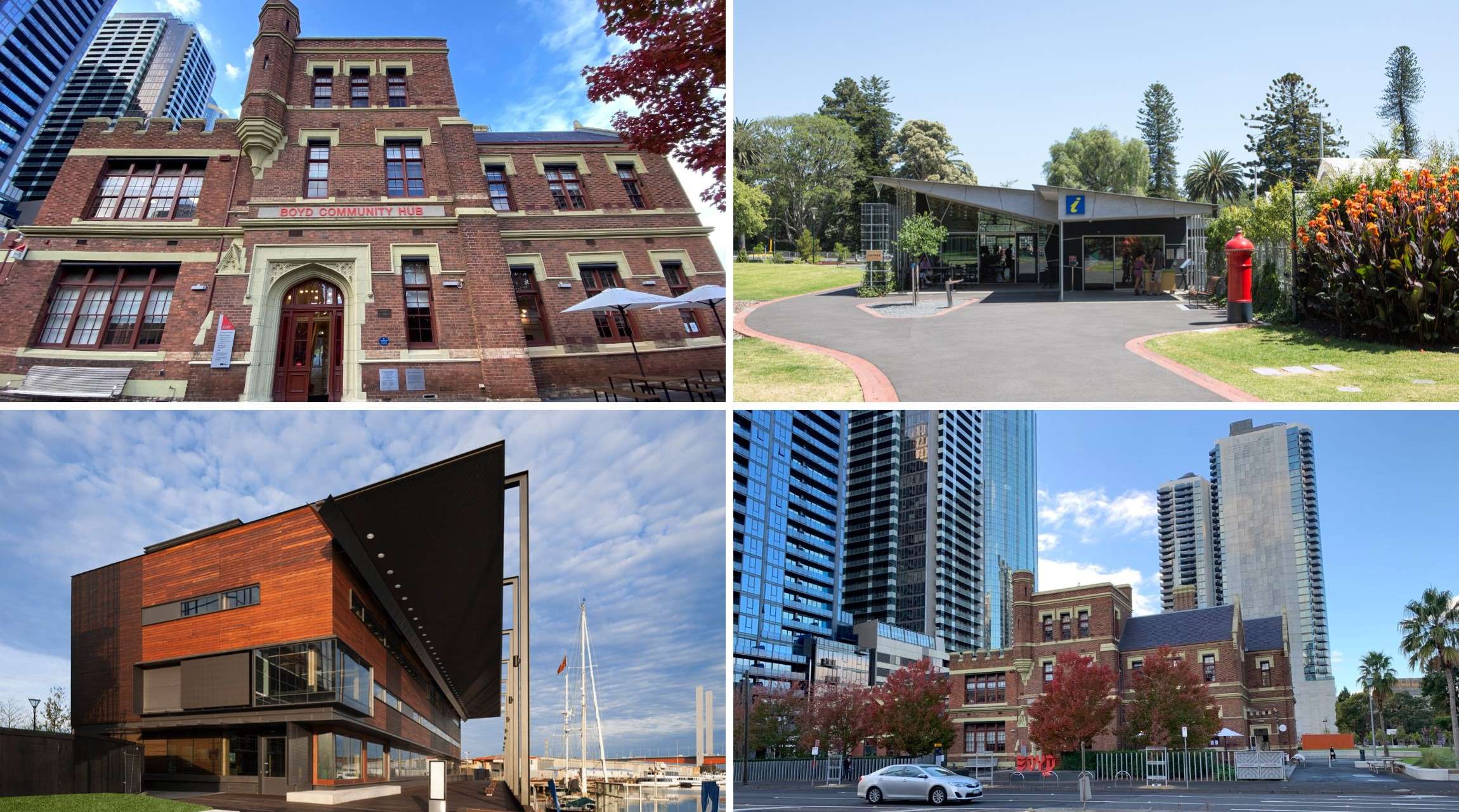
2021/08/06 - News
A Joint Laboratory Cooperated by Midea & PrediQ
The Department of Intelligence Technology of Breakthrough Technology Center in Midea Building Technologies Division (MBT) has partnered with PrediQ, Australia to establish a joint laboratory that will participate in the construction of a digital management platform of the Victoria public buildings over the next year.
During the past years, governments around the world are progressively contributing in digitalized city management under the pressure of the epidemic and global warming, attempting to use artificial intelligence technology to optimize the operation and maintenance of public buildings, improve indoor environments and the efficiency of green energy.
Partner with an Australian local technology company - PrediQ, the Department of Intelligence Technology of Breakthrough Technology Center in Midea’s HVAC and Building Technologies Division (Midea HBT) has established a joint laboratory to develop an innovative technology on renewable energy forecasting and optimization.
The current approved project the joint lab working on is co-led by Australian Renewable Energy Agency (ARENA) and Australian Institute of Refrigeration, Air conditioning and Heating (AIRAH), and with the support of Commonwealth Scientific and Industrial Research Organisation (CSIRO). The project aims to improve the efficiency of facility management and consumption of new energy sources of five actual buildings in Melbourne city. The project will enable customized management and energy optimization analysis and application on a digital management platform stage by capturing real-time operational data from HVAC facilities and other building intelligent systems.

Fig.1Demonstration buildings in the project
The joint lab of Midea and PrediQ will innovatively engage in multi-dimensional data analysis to empower remote O&M diagnoses, clustering and forecasting of energy consumption characteristics, demand-side response strategies and the application of multi-energy complementarity for real-time power markets. The specific scope of cooperation include the following areas:
1. Semantic Web: The Semantic Web is an advance data storage and relationship description framework. Compared with its predecessor, the World Wide Web, the data stored in Semantic Web can not only be understood by human but also be understood and processed by computers. BrickSchema is a Semantic Web-based technology for mapping the relationships of building data. This schema describes the relationships between spaces, people and equipment in a way that can be easily understood by computers. This increased digitisation and intelligence in building energy analysis and control, ultimately increasing the energy efficiency of building operations. Since the introduction of BrickSchema by the HVAC community in 2015, many companies involved in smart buildings have joined in the development and application of the technology.

Fig.2 Semantic Web for building systems
2. Building Integrated Photovoltage: As the cost of solar cells continues to fall, more and more buildings are applying solar energy as a supplemented source of electricity in addition to the grid to reduce energy costs. The excess electricity can also be sold to the grid, which earns profits for building owners. However, due to a lack of advanced solar management technology, a large amount of solar power capacity is wasted, resulting in building not achieving the desired energy saving target. To address this issue, Midea has invested in R&D of solar energy storage systems and demand-side response, thus further unlock the potential of building integrated solar energy technologies for energy

Fig.3 Photovoltaic building integration systems
3. Building Energy Management System: The Building Energy Management System is an intelligent management platform based on building automation control system. By collecting, analysing and visualizing the various energy consumption and operating parameters of the building, the system helps the building manager to understand the operating conditions of the building, on the other hand to issue reasonable commands using optimised control algorithms and realize these actions through the building control system, thus increase indoor environment quality and energy efficiency.

Fig.4 Midea Building Energy Management Platform
4. Demand response: Demand-side response is a measure that electricity consumers temporarily change their habitual patterns of electricity consumption by reducing or delaying the consumption at certain times of the day to ensure the stability of the grid system when the electricity tariffs increase or the system reliability is threatened. In this process, the grid or government will often incentivize the electricity consumer to take demand response measures through subsidies or low tariffs. Current methods of regulating demand include energy efficiency improvements, load curtailments, peak load shifting and real-time grid matching, etc.

Fig.5 Examples of methods to regulate building energy demand

Fig.6 demand side response in buildings
The construction and operation of carbon neutral buildings have become a goal of the global construction industry. Customers purchasing building HVAC products not only consider the remote management and diagnostic capabilities of the products, but also increasingly focus on data services and systematic energy optimization (virtual power plant) capabilities.
This time, Midea is more than an equipment provider. The government-oriented analysis of algorithms and multi-dimensional cross-system analysis model of this cooperation project will help Midea transforming its sales model and enhance its competitiveness in the western market. In the context of “peak carbon dioxide emissions” and “carbon neutrality”, the knowledge and experience gained from this project will also help Midea to improve its competitiveness in the field of energy saving and intelligent buildings in China. In the future, Midea hopes to extend the cooperation to the whole field of intelligent buildings, including all kinds of equipment of HVAC, making contribution to the field of intelligent buildings.










